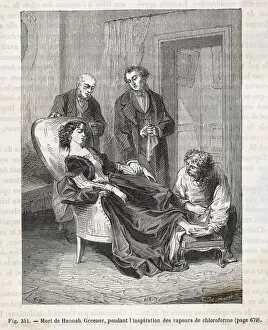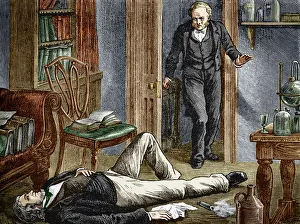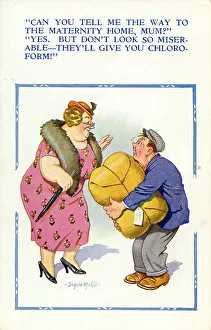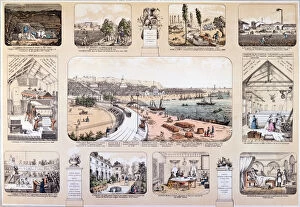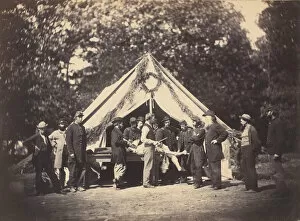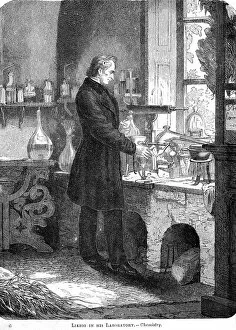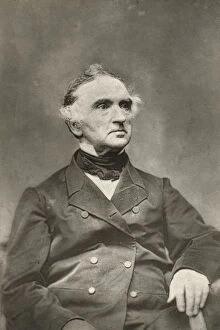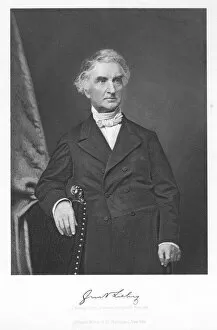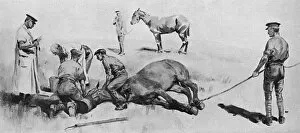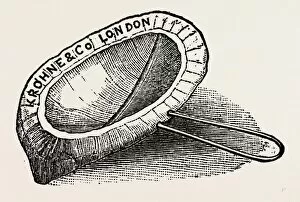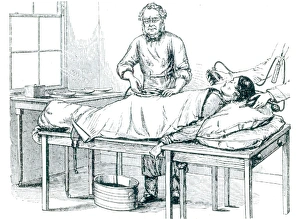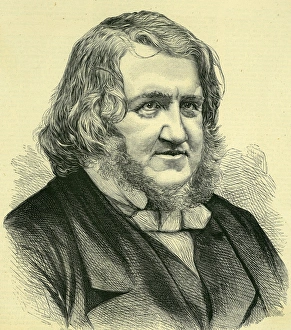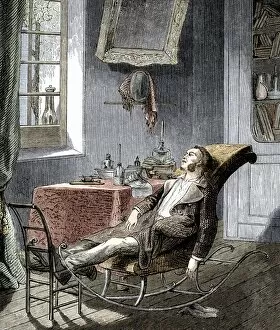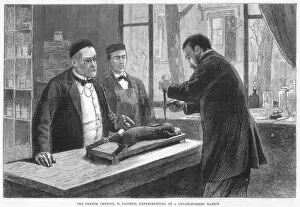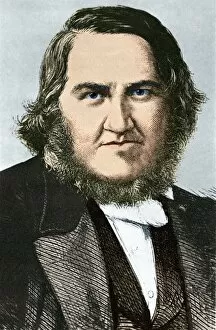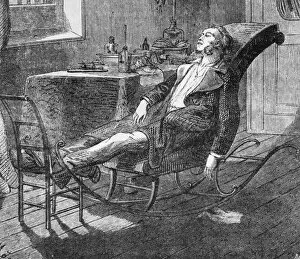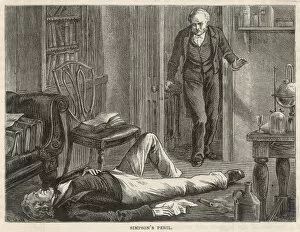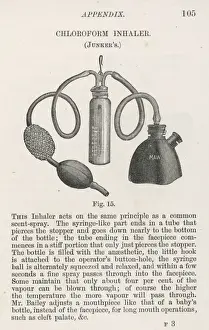Chloroform Collection
Chloroform: A Journey Through History and Medicine Step into the world of chloroform, an intriguing substance that has left its mark on various aspects of our lives
All Professionally Made to Order for Quick Shipping
Chloroform: A Journey Through History and Medicine Step into the world of chloroform, an intriguing substance that has left its mark on various aspects of our lives. From groundbreaking experiments to medical breakthroughs, this captivating compound has played a significant role in shaping history. In the 1840s, Dr. Simpson embarked on his pioneering research on anaesthetics, with chloroform at the forefront. This revolutionary discovery paved the way for painless surgeries and transformed the field of medicine forever. Engravings from the 19th century depict scenes anesthesia being administered during surgical procedures. These illustrations capture both the awe-inspiring advancements in medical science and the delicate balance between life and death. Fast forward to the 20th century, where a comic postcard portrays a man anxiously searching for a maternity home while clutching a large parcel. The implication? Chloroform's role in providing relief during childbirth became widely recognized as women sought comfort through its use. Even horses were not exempt from benefiting from chloroform's effects during World War I when they underwent operations under its influence. This remarkable application showcases how animals too could experience pain-free treatments thanks to this powerful substance. The Illustrierte Zeitung featured front-page news about lady robbers in May 1897; however, it was not their criminal activities that caught attention but rather their utilization as an unconventional tool for sedation. Moving beyond borders, members of the Afghan Boundary Commission found themselves relying on chloroform amidst challenging circumstances. Its presence provided solace amid uncertainty and highlighted its universal significance across different cultures and regions. Color lithographs depicting "Benefactors of Mankind" pay homage to those who have contributed significantly to society's progress throughout history – among them are individuals associated with advances related to chloroform usage. Their contributions serve as reminders that even small molecules can leave indelible imprints on humanity's journey.

